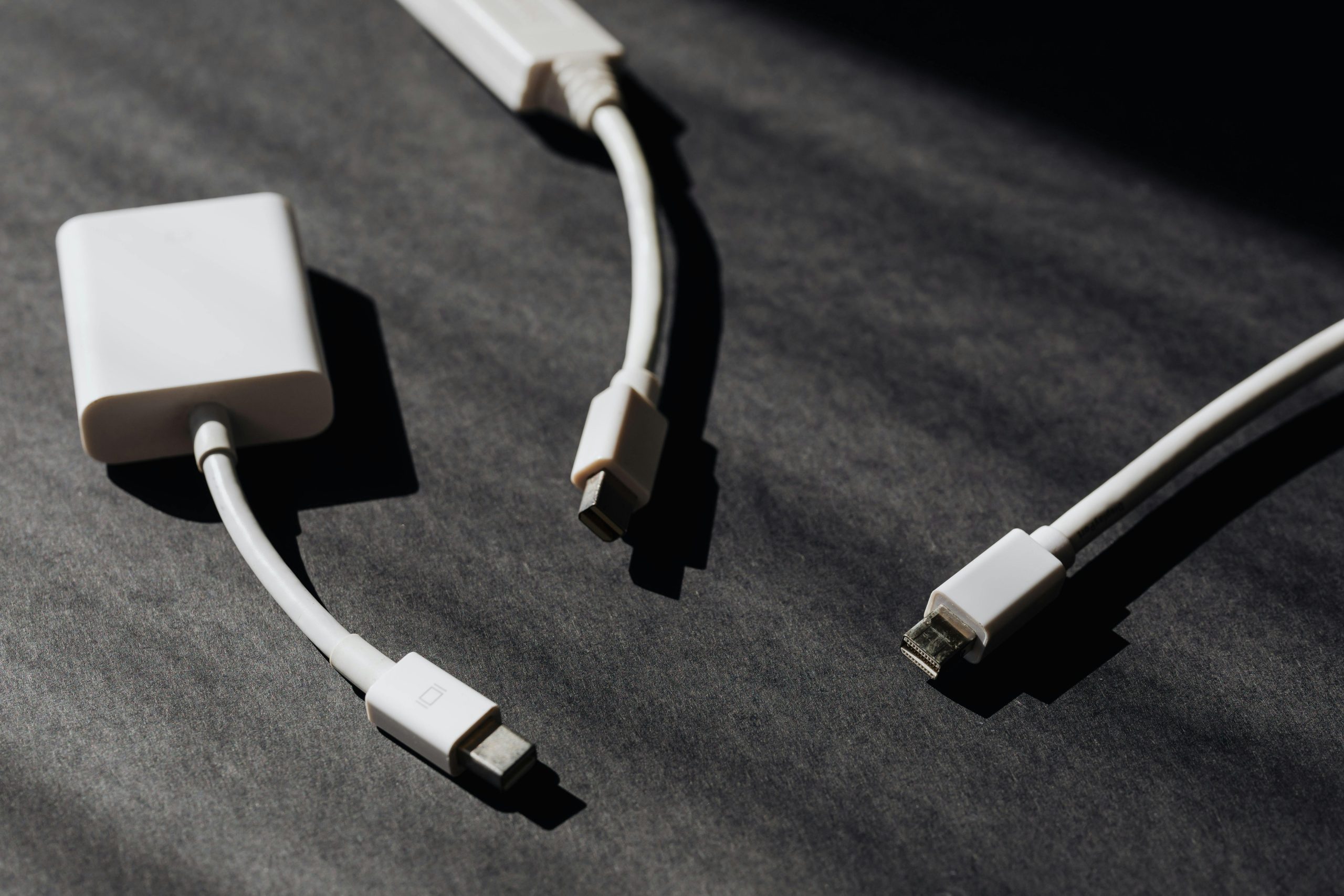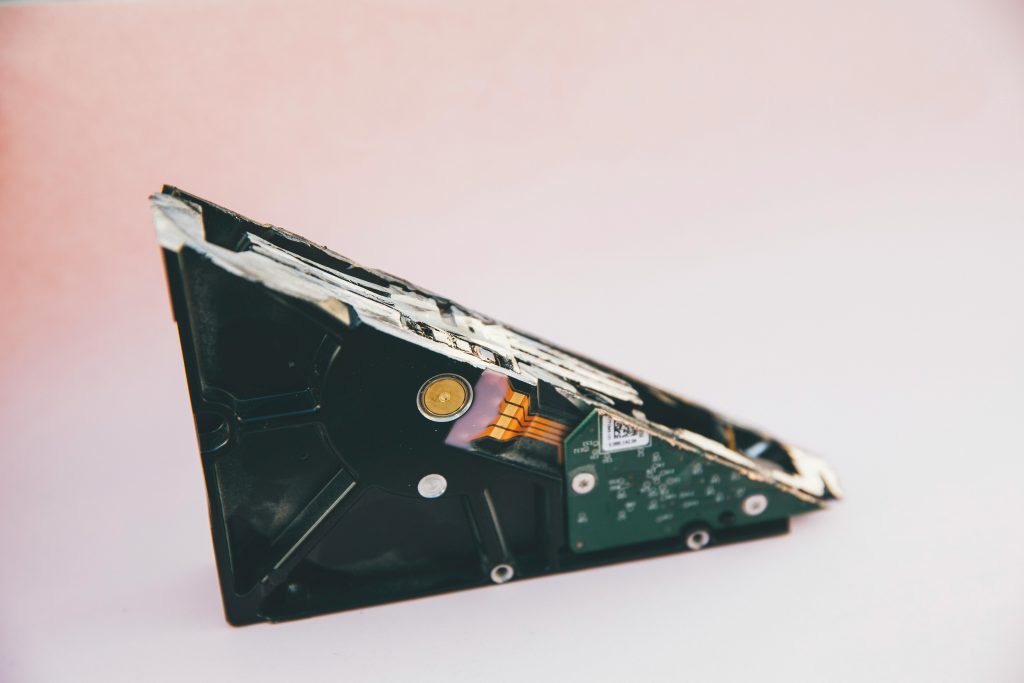Preserving Data from a 15-Year-Old Hard Drive: Considerations and Steps
In the realm of data preservation, vintage hardware can sometimes be a treasure trove of important information. Recently, I encountered a Western Digital 3.5-inch hard drive from 2007—specifically, the WD800JB with an 80GB capacity—that my family retrieved from storage. Although the drive last functioned about five years ago, it remains a potential source of critical files I am eager to recover. However, challenges have arisen due to the absence of the original power supply and concerns about hardware compatibility.
Understanding the Age and Condition of the Drive
This model, manufactured over 15 years ago, is considered vintage by today’s standards. Its age alone raises questions about its mechanical and electronic integrity. While physical appearance may suggest the drive looks intact, older drives can sometimes develop issues such as spindle motor wear, deteriorated bearings, or electronic component aging.
The Significance of the Power Supply
One of the primary hurdles in accessing data from this drive is the missing power supply. The drive was designed to use a specific power adapter, which is now unavailable. Attempting to power the drive with an incompatible or makeshift power source risks irreversible damage—potentially rendering the data unrecoverable.
It’s advisable to source the correct power supply from a reputable or dedicated vintage hardware supplier. Using an original or compatible power adapter minimizes the risk of electrical damage. If sourcing the original is not feasible, a professional data recovery service can often provide the appropriate power interface and handle the drive safely.
Should You Consider Professional Data Recovery?
Given the drive’s age and the importance of the data it may contain, consulting a professional data recovery specialist could be a prudent step. These experts have the necessary tools and expertise to:
- Safely power up and test aging drives
- Connect drives with incompatible or missing original power supplies
- Maximize the chances of retrieving intact data
While the drive is suspected to be physically sound—since there are no apparent issues or logical errors based on your description—it is always better to err on the side of caution with vintage hardware.
Additional Considerations
- Backup First: If you do manage to power the drive safely, immediately create multiple copies of the vital files to prevent future data loss.
- Assess Drive Health: Using specialized software can help diagnose the drive’s condition once access is established.
- Data Compatibility: Since the drive likely
Share this content:



